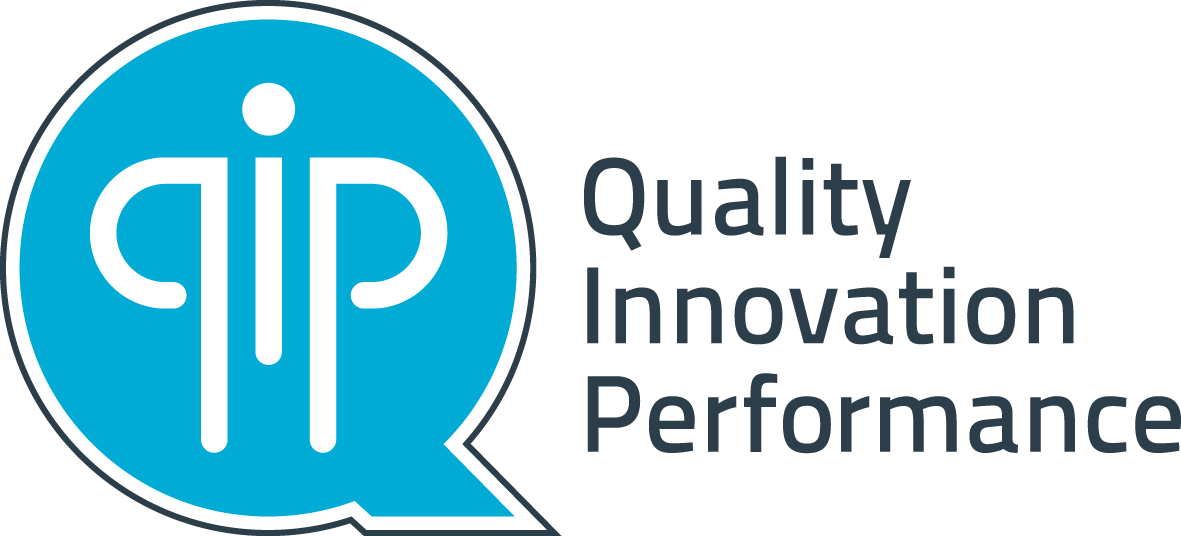Latest news

Embracing Change: Exploring New Actions in the Primary and Community Healthcare Standards
The Primary and Community Healthcare Standards aim to provide safe and high-quality healthcare for primary and community services. The standards provide a person-centred approach and address the necessary processes and structures. The three Primary and Community Healthcare Standards are:
Alignment with National Safety and Quality Health Service Standards
For accredited healthcare services transitioning from the National Safety and Quality Health Service (NSQHS) Standards to the Primary and Community Healthcare Standards, the journey involves not only adapting to a new framework but also familiarising themselves with a host of new actions and requirements.
While the Primary and Community Healthcare Standards and the NSQHS Standards share a similar structure and intent, there are unique aspects and actions under each standard that providers need to be aware of.
This article delves into these new actions, shedding light on their significance and implications for accredited entities previously operating under the NSQHS Standards.
What are the New Actions in the Clinical Governance Standard?
Patient safety and quality systems – Healthcare records.
1.12 The healthcare service has processes to:
- Receive and review reports on patients
- Recall patients and communicate about reports and health care options
- Take action on reports in a timely manner
- Document reports in a patient’s healthcare record
This new action under this standard focuses on improving patient safety and quality systems, particularly in managing healthcare records. It emphasises the importance of collecting comprehensive information, establishing review processes, and taking timely action to minimise the risk of harm to patients. Healthcare providers should promptly handle urgent reports and meticulously document all actions in the patient’s healthcare record.
Safe environment for the delivery of care – safe environment
1.24 The healthcare service supports patients to access healthcare, including patients from diverse backgrounds and patients with disability.
This action emphasises the importance of creating a safe and accessible environment for all patients, including those from diverse backgrounds and patients with disabilities. It highlights the need for healthcare services to consider and address any barriers that may prevent certain patient populations from accessing care. This includes:
- physical barriers such as ramps or stairs, and
- informational barriers that may hinder understanding of available services.
By recognising and addressing these barriers, healthcare services can ensure that all patients receive safe and high-quality care.
What are the New Actions in the Partnering with Consumers Standard?
Health literacy – Accessing healthcare service information
2.07 The healthcare service makes information available to consumers on:
- The services available
- The opening hours and how to access health care
- Who can access the services
- Estimated service costs
- Alternative health care when the service is closed, after-hours and in an emergency
- Service location(s) and access details
- Mechanisms for providing feedback and contact details for the appropriate healthcare complaints authority
This new action focuses on improving health literacy by ensuring that healthcare services provide easily accessible information to consumers.
By making this information readily available, healthcare services empower consumers to make informed decisions about the when, how, and whether to use their services. This also involves ensuring accessibility for all, whether it’s physical access or remote access for virtual care such as TeleHealth.
Healthcare providers should offer access details for each service location and explain how they deliver services, especially if they provide them in a person’s home. This includes clarifying whether after-hours services are available and providing guidance on where clients should seek care if needed.
What are the New Actions in the Clinical Safety Standard?
Preventing and controlling infections – Respiratory hygiene, cough etiquette and physical distancing
3.06 The healthcare service supports the workforce and consumers to practice respiratory hygiene, cough etiquette and physical distancing where relevant
This new action tailors an additional infection control standard specifically for a primary care setting. It focuses on promoting respiratory hygiene, cough etiquette, and physical distancing to prevent the spread of infections, which are common in primary and community healthcare settings. This includes practices such as:
- covering sneezes and coughs
- washing hands thoroughly after coughing or sneezing, and
- maintaining physical distance of 1-2 meters between individuals.
The COVID-19 pandemic has underscored the importance of these measures, highlighting the necessity of adhering to these practices to protect both healthcare workers and patients.
Comprehensive care – health promotion and prevention
3.2 The healthcare service has processes to support health education and promotion, illness prevention and early prevention for patients, considering its patient population.
This action underscores the importance of comprehensive care, particularly in promoting health and preventing illnesses. It highlights the crucial role of primary and community healthcare settings in health promotion and prevention efforts, which extend to all healthcare settings.
Healthcare services are urged to actively support health education and promotion, focusing on prevention and early intervention tailored to their specific patient populations.
Communicating for safety – maximising patient attendance
3.28 The healthcare service has effective communication processes to maximise patient attendance at planned appointments.
This action focuses on enhancing communication processes to maximise patient attendance at planned appointments. Effective communication plays a crucial role in ensuring patients attend their appointments and are well-informed about their healthcare management. This involves various strategies such as communicating appointment details in a manner that meets the patient’s needs and preferences, including email confirmations or text follow-ups. It also includes accommodating support workers, carers, or nominated contacts to assist patients with diverse needs.
Additionally, healthcare providers liaise with other care providers involved in the patient’s care to identify opportunities for attendance, such as extending or varying operating hours. Adopting flexible rescheduling or cancellation policies, providing a safe and welcoming environment, particularly for culturally diverse patient populations such as Aboriginal and Torres Strait Islander people, and offering reminder services through email, phone, or SMS, further support patient attendance and engagement with healthcare services.
Support and Resources
By adopting the New Actions outlined in each of the healthcare standards, signifies a commitment to enhancing patient safety, improving care quality, and driving innovation in healthcare. These actions empower healthcare providers, patients, and our healthcare system to collaborate effectively, fostering a culture of ongoing improvement and excellence in healthcare practices. By embracing these new actions, providers can navigate emerging challenges, build trust with consumers, and ensure the highest standards of care for everyone—solidifying their position as leaders in healthcare excellence in Australia.
Undertaking accreditation for the first time can seem challenging, but comprehensive support is available. To find out more information on accreditation to the Primary and Community Standards, view our standards page or contact our team.



